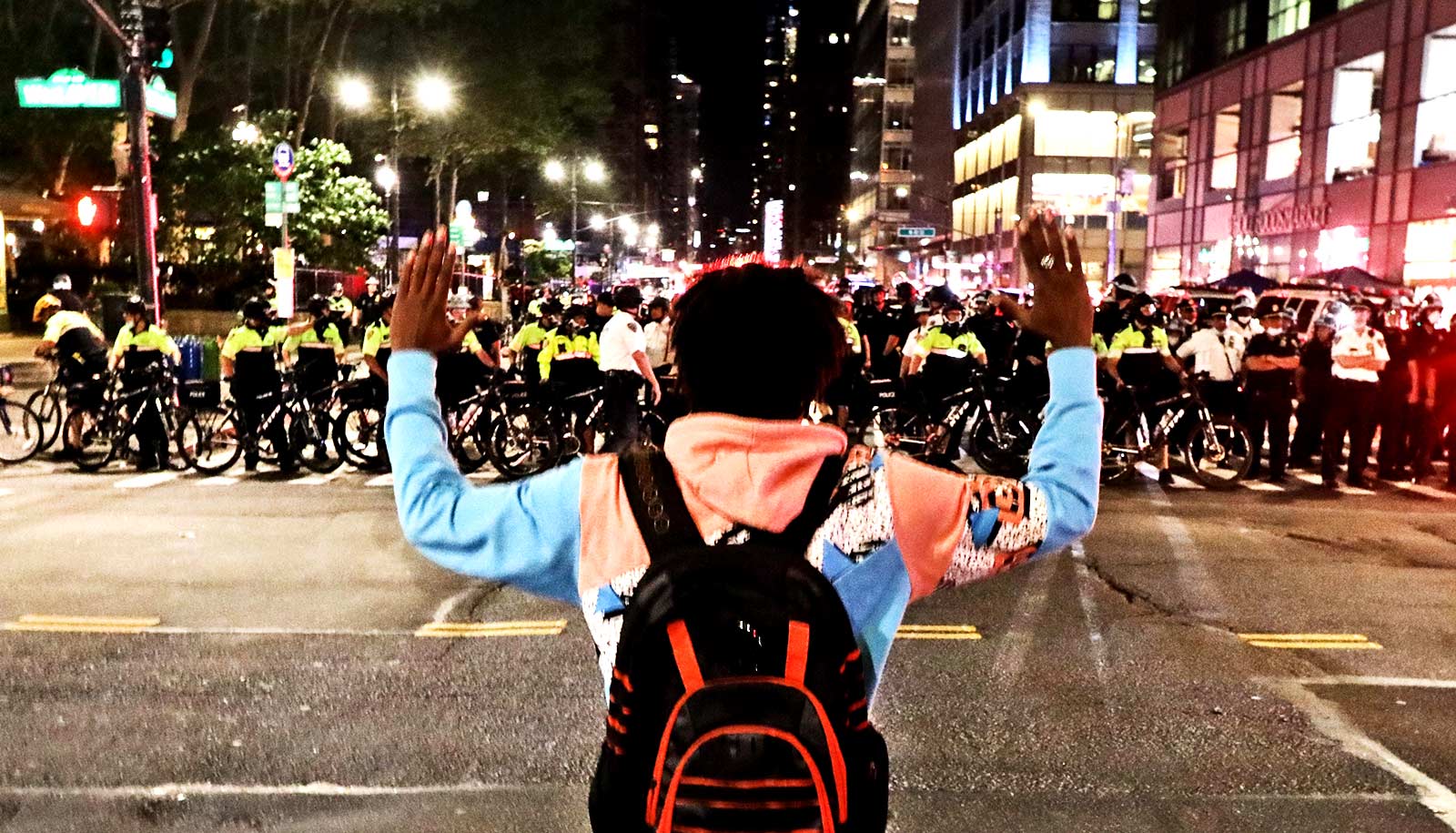The 2020 census data released this summer show that race, not income, is still the driving factor behind who lives where in the United States, according to Brown University sociologist John Logan.
When the census was released this summer, many asked Logan: Is the country’s segregation problem improving? His answer: It’s complicated.
In a preliminary report that followed the release of the census data, Logan, a professor of sociology at Brown University who has spent more than five decades studying US census data, showed that some racial inequalities appear to be slowly changing for the better, while others remain seemingly intractable.
And ongoing analysis by Logan and Brian J. Stults, a sociologist at Florida State University, is uncovering new insights about these patterns of inequality, which the researchers hope to share in peer-reviewed journals in the years to come.
On one hand, Logan and Stults’ analysis found, US residents who identify as Black or African American are slowly becoming less segregated from white Americans in terms of where they live.
On the other, most Black residents—along with much of the country’s rapidly growing Asian and Hispanic populations—are still finding it difficult to live in predominantly white, wealthier neighborhoods. That means the majority of people of color continue to live in neighborhoods with lower-performing schools and more crime than their white peers, regardless of their household income.
“I was glad to see the continuation of a slow reduction from very, very high levels of African-American segregation in the 1960s,” Logan says of the 2020 census results. “But the main thing I saw was a continuation of Asian and Hispanic Americans growing very quickly but not becoming any less segregated from whites. It raises the question of whether the social boundaries between white Americans and Americans of color will ever diminish.”
Growing ethnic enclaves
In the last decade, self-identified Hispanic, Latino, and Spanish populations increased by 23% in the US, and the self-identified Asian population jumped by 35%—huge increases compared to the modest 5.6% increase in the Black population and the 2.6% decrease in the white population, Logan notes.
But just because those populations grew doesn’t mean community members integrated into neighborhoods with predominantly white populations. Instead, Logan says, ethnic enclaves in metropolitan areas simply grew.
“What I discovered in recent weeks is that, although African Americans are becoming less residentially segregated, the disadvantage they face in terms of the neighborhoods where they live hasn’t changed,” Logan says.
“Even the wealthiest African Americans live in neighborhoods with higher crime rates, lower-performing schools, and higher infant mortality rates than their wealthy white peers. It’s a little hard to understand how that can be: How can African Americans be less segregated but still experience such residential inequality?”
Logan’s weeks-long dive into the data shows that Black Americans, once almost entirely sequestered in all-Black towns and neighborhoods, have become more integrated into middle-class and working-class neighborhoods that were once predominantly white. The same, he says, is true of Hispanic residents. But the wealthiest neighborhoods remain almost entirely white.
“People who have advantages defend them, which means it’s hard for newcomers to break through,” Logan says. “We see more Black, Hispanic, and Latino families moving into middle- and working-class neighborhoods that were once all white, maybe because there are fewer advantages worth defending.
“But the neighborhoods with the really good schools, with the fastest-rising home values, with the best services, and low property taxes—those are the kinds of places that are still almost totally impenetrable for families who are not white.”
None of these findings surprised Logan, he says; they’re simply a continuation of patterns observed in the 2010 census data. But one change did catch his eye: The neighborhoods home to working-class white Americans in 2020, particularly in rural parts of the country, had higher poverty rates, lower-performing schools, and fewer services than in 1990, 2000, and 2010.
“For the last three decades, working-class white Americans were still living in ‘better’ neighborhoods [i.e., neighborhoods with better performing schools, higher home values, and more services] than affluent African Americans,” Logan says.
“Now, that’s no longer true across the board. In some white, rural places, the share of students who are eligible for free or reduced lunch is just as large as in urban schools that serve mostly Black and Latino students. That suggests to me that, in the last decade, something related to class inequality has changed, and it’s made a difference.”
‘Crucial role’ of 2020 Census
What’s also changed, and what could begin to shift the story of the changing face of the US, is the census itself, Logan says. The 2020 census marked just the third time federal officials gathered data on Americans who identified as belonging to two or more races, shedding light on the fact that multiracial Americans represent a rapidly growing, diverse, and complex portion of the population.
And it looks increasingly likely that the 2030 census will include a separate check box for US residents of Middle Eastern and North African descent; those populations previously had to choose between “white” or “other.”
“We’re going to be surprised about how many Middle Eastern and North African residents there are, because the way we were counting them in the past was incomplete,” Logan says. “People will suddenly be saying, ‘Well, this community hasn’t been getting the help it deserves given its size and its needs.'”
That, Logan says, gets to the heart of the crucial role the census plays in American democracy. The decennial effort helps federal, state, and local leaders better understand the constituents they serve, how they’re struggling, and what resources they may need to thrive. In the past, Logan says, census numbers have helped determine where communities build schools, grocery stores, and hospitals.
“So much money is allocated to states, to cities, to school districts, to social service agencies, based on these census numbers,” he says. “Take any population—your town, your local school, your local Dominican community. All of them can only get the funding and support they need if residents are counted accurately. The census might seem dry and bureaucratic, but the truth is, it affects our everyday lives in huge ways.”
Source: Brown University


